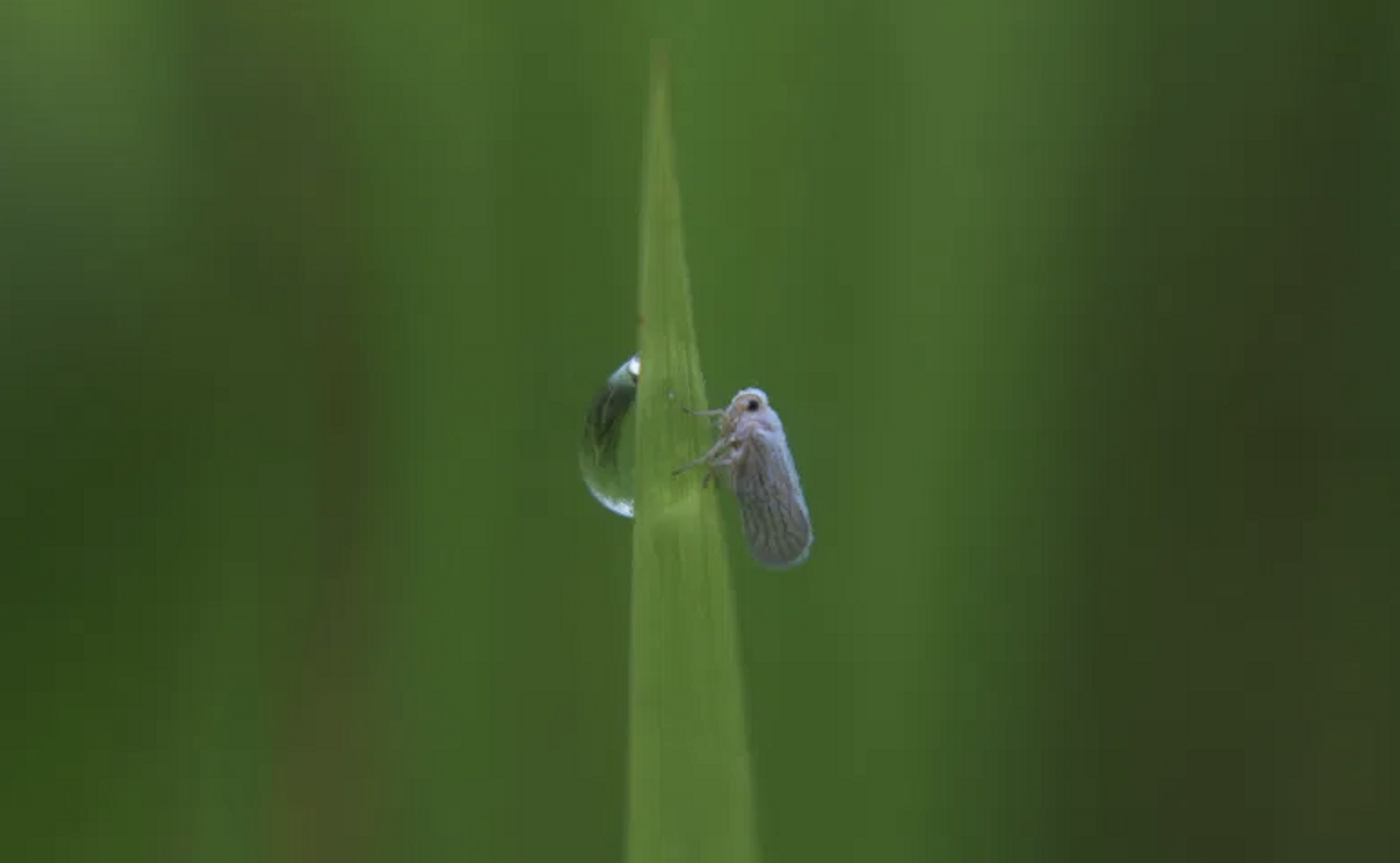A Pest Hijacked a Plant Gene To Use as a Toxin Shield
Bacteria can share genetic material in a process called horizontal gene transfer, and recent work has shown that in animals, new genes can arise from non-coding regions of DNA. But now scientists have discovered a rare example of an animal that 'stole' an advantageous gene from a plant. Reporting in Cell, the research has suggested that millions of years ago, insects called whiteflies incorporated a plant gene into their genome, giving the flies the ability to degrade toxins that plants utilize as a defense against insects.
"This seems to be the first recorded example of the horizontal gene transfer of a functional gene from a plant into an insect," said study co-author Ted Turlings of the University of Neuchâtel. "You cannot find this gene, BtPMaT1, which neutralizes toxic compounds produced by the plant, in any other insect species."
Researchers have determined that in plant cells, the BtPMaT1 protein helps store offensive compounds in a form that isn't harmful to the plant so it's not poisoned by these compounds. In this work, the researchers found that about 35 million years ago, whiteflies acquired this defensive gene. That enabled the insects to detoxify noxious plant compounds on their own.
"We think a virus within the plant may have taken up this BtPMaT1 gene and, after ingestion by a whitefly, the virus then must have done something inside the insect whereby that gene was integrated into the whiteflies' genome," said Turlings. "Of course, this is an extremely unlikely event, but if you think about millions of years and billions of individual insects, viruses, and plants across time, once in a while this could happen, and if the acquired gene is a benefit to the insects, then it will be evolutionarily favored and may spread."
Whiteflies are a serious, expensive agricultural pest around the world; they can attack at least 600 different plant species. "One of the questions we've been asking ourselves is how these insects acquired these incredible adaptations to circumvent plant defenses, and with this discovery, we have revealed at least one reason as to why," noted Turlings.
The researchers were also able to take that ability away from the whiteflies too. They created a small RNA molecule that disrupts the whitefly BtPMaT1 gene, and the whiteflies became susceptible to toxic plant compounds once again.
"The most exciting step of this design was when our colleagues genetically manipulated tomato plants to start producing this RNA molecule," said Turlings. "Once the whiteflies fed on the tomatoes and ingested the plant-produced RNA, their BtPMaT1 gene was silenced, causing 100% mortality of the insect, but the genetic manipulation had no impact on the survival of other insects that were tested."
It may be possible to silence the gene in whiteflies as a targeted pest control strategy in agriculture.
"There are definitely still some hurdles this method needs to get over, most notably the skepticism about using transgenic plants. But in the future, I do see this as a very clear way of controlling whiteflies because now we know exactly the mechanism behind it, and we are equipped to deal with possible changes in the whitefly gene that may arise," concluded Turlings.
Sources: Science Daily via Cell Press, Cell









